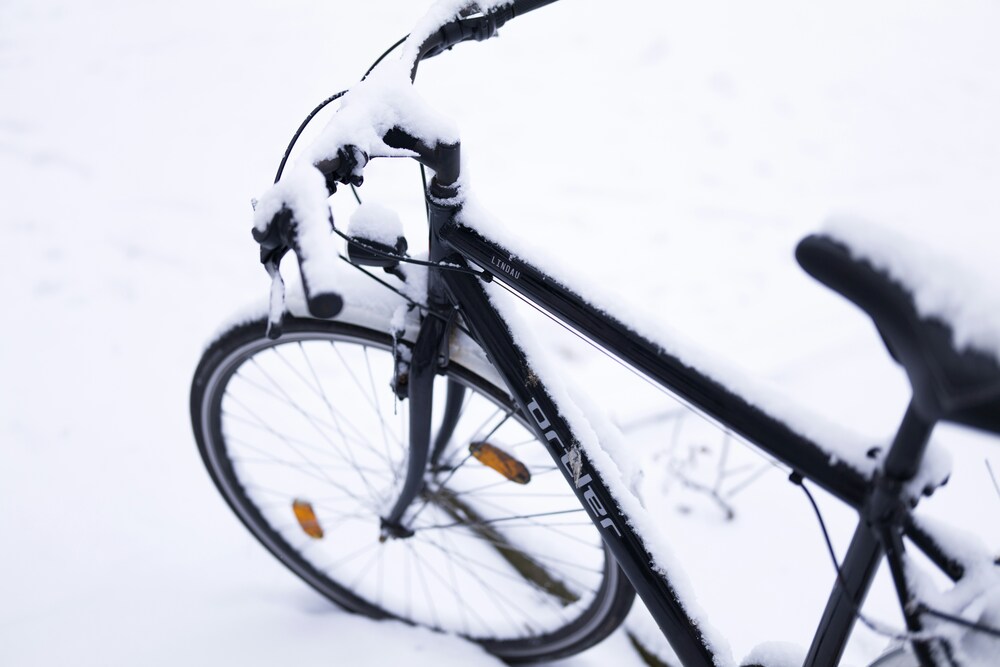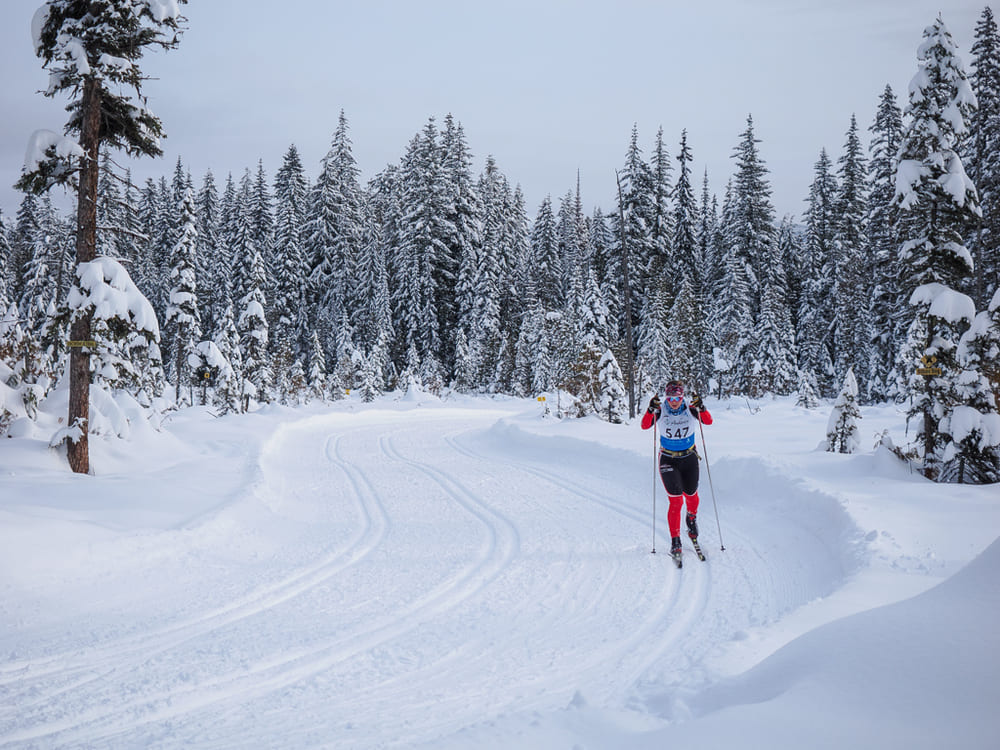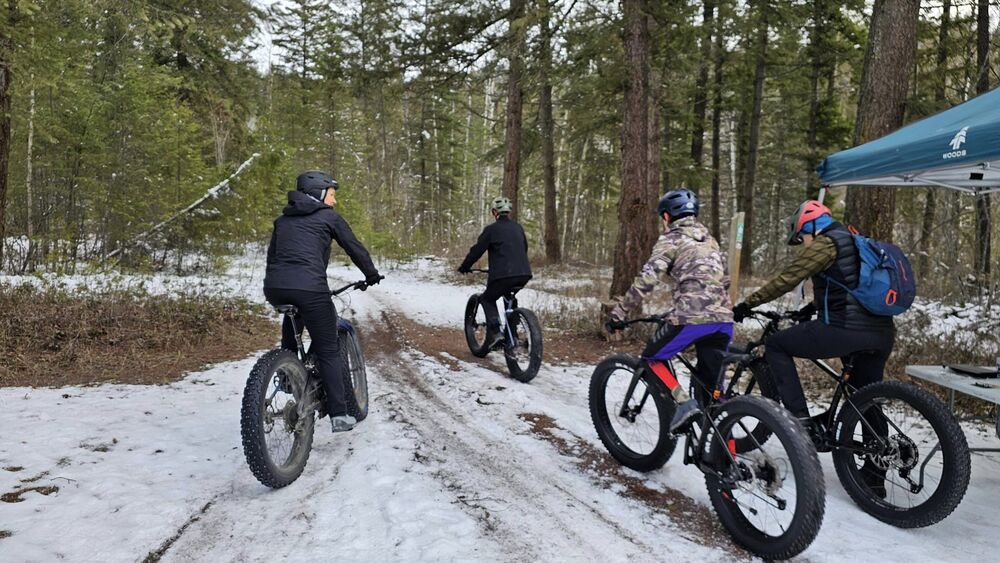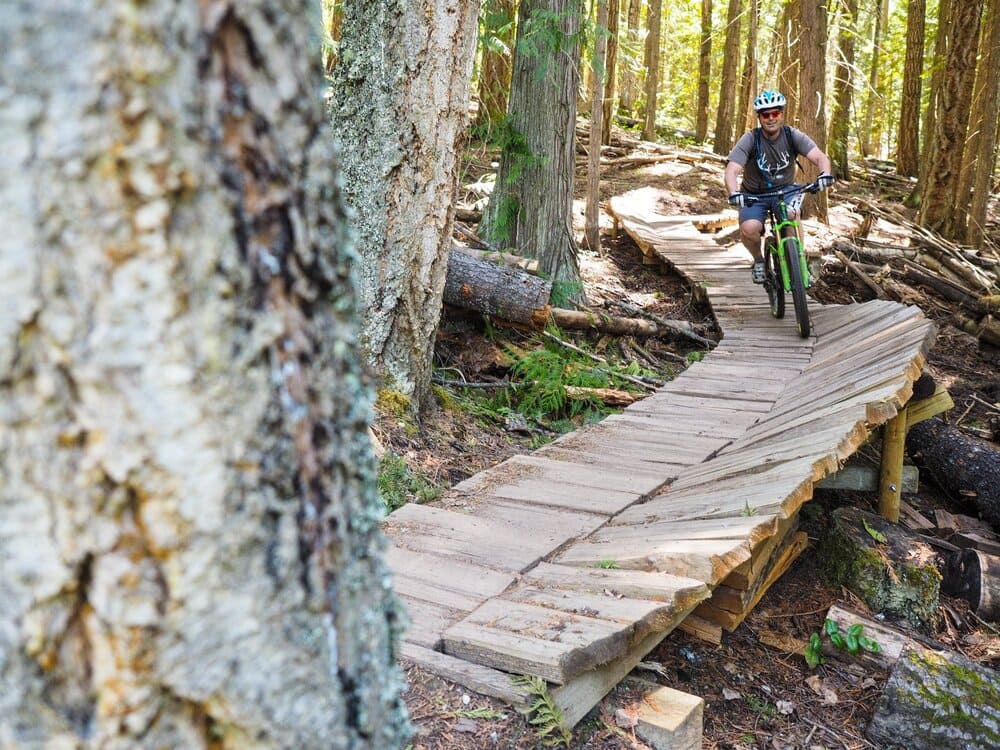Riding a bike in snowy or icy conditions presents a unique set of challenges that can be thrilling yet demanding. From cold temperatures to slippery roads, winter cycling can test your skills, stamina, and equipment. However, with the right preparations and techniques, you can enjoy the experience safely. This article offers essential advice on how to cycle in the snow, covering tire options, riding techniques, and appropriate safety gear. While winter cycling may seem daunting, it is certainly manageable when approached with care and proper planning.
Choosing the Right Tires for Snowy and Icy Roads
One of the most critical factors when cycling in snow is selecting the right tires. Regular bike tires may not provide enough traction on slippery, icy surfaces, so it’s important to upgrade to something that gives you a firmer grip.
Studded Tires for Icy Conditions
For those who plan to tackle particularly icy roads, studded tires are a popular choice. These tires are embedded with small metal spikes that can dig into the ice, offering much-needed stability. They come in various levels of stud density, so you can choose based on the severity of your local winter conditions. Some studded tires feature studs only on the outer edges for cornering, while others are fully studded for maximum grip on sheet ice. Though studded tires are heavier and slower than regular tires, their added traction makes them invaluable in icy weather.
Wider Tires for Snowy Terrain
If your primary challenge is deep snow rather than ice, a wider tire with lower air pressure can help. Fat tires, which are much wider than regular bike tires, offer greater surface area, allowing the bike to “float” on top of snow rather than sinking into it. Fat tires provide excellent stability in soft snow, and by lowering the tire pressure, you can further enhance grip and control. Additionally, many fat tire bikes are specifically designed for winter riding, making them a great investment if snow is a regular part of your winter routine.
Adjusting Your Riding Technique in Winter Conditions
Winter cycling requires significant adjustments in technique compared to regular road biking. Even experienced cyclists may need time to get accustomed to the different balance and control needed when snow and ice are involved.
Braking and Cornering
When cycling on slippery surfaces, braking becomes more delicate. Abrupt or forceful braking can cause your tires to lose traction and result in skidding, particularly on ice. Instead, focus on braking gradually and smoothly, using more of your rear brake to avoid a front wheel skid. This technique helps distribute your weight more evenly, giving you better control.
Cornering can also be more difficult in winter conditions. To avoid slipping, slow down significantly before entering a turn and avoid any sudden movements. Instead of leaning into the turn, keep your bike more upright while shifting your body weight to the outside of the curve. This reduces the risk of sliding and allows your tires to maintain a firmer grip on the road.
Riding in Low Visibility
Snowy days often come with poor visibility due to falling snow, fog, or shorter daylight hours. Cycling in low light conditions increases your risk of being unseen by motorists or other cyclists. To counteract this, make yourself as visible as possible by using high-quality front and rear lights on your bike. These lights should be bright enough to cut through fog or snow, ensuring that others can spot you from a distance.
It’s also helpful to wear reflective clothing or accessories. Reflective strips on jackets, backpacks, and even on your tires can further increase your visibility. The goal is to ensure that you stand out even in the most challenging weather, which can ultimately reduce the likelihood of accidents.
Dressing for Cold Weather Cycling
Winter cycling requires more than just riding technique; it also demands proper attire. Staying warm and dry is not only a matter of comfort but also safety. When you’re cold, your reflexes slow down, and your focus can wane. On top of that, being wet in freezing temperatures can lead to hypothermia, so the right clothing is essential.
Layering Your Clothing
Layering is the most effective way to dress for winter cycling. Begin with a moisture-wicking base layer that draws sweat away from your skin, keeping you dry. Over this, wear an insulating layer such as fleece, which traps heat and maintains warmth. Finally, a waterproof and windproof outer layer protects you from snow, wind, and rain.
Be sure to avoid overdressing, as excessive layers can cause you to sweat more than necessary. Once you begin sweating, the moisture can make you cold when your body cools down, especially during slower parts of your ride.
Protecting Your Hands and Feet
Fingers and toes are especially vulnerable to the cold when cycling in snow. Investing in good-quality winter cycling gloves is a must. These gloves should be insulated, waterproof, and windproof to protect your hands from freezing temperatures and harsh wind chill.
Feet, like hands, lose heat quickly, so thermal socks are essential for maintaining warmth. Waterproof shoe covers or boots that can fit over your cycling shoes are an excellent investment. They keep your feet dry and warm, even when the roads are slushy or covered in snow. Pay attention to your extremities, as they are the first to show signs of frostbite.
Maintaining Your Bike for Winter Conditions
Winter conditions can take a toll on your bike, especially with the added salt, moisture, and dirt that accumulates on snowy roads. To ensure your bike continues to perform well throughout the season, some extra maintenance is necessary.
Cleaning and Lubricating Your Bike
After each ride in snowy or icy conditions, it’s essential to clean your bike to remove any salt or grime. Salt can be corrosive, leading to rust and damaging components such as the chain, gears, and frame. Use warm water and mild soap to rinse off any buildup, paying particular attention to the drivetrain.
In addition to cleaning, lubricate your bike more frequently in winter. Wet and snowy conditions can wash away the lubricants that protect your chain and other moving parts. Applying a wet-weather lubricant will help prevent rust and ensure your bike runs smoothly, even when conditions are less than ideal.
Tire Pressure Adjustments
As previously mentioned, lowering your tire pressure can improve traction in snow. However, it’s important not to lower it too much, as this can increase the risk of punctures and reduce overall bike performance. Find a balance where your tires provide grip without making your ride sluggish. You may need to experiment with different pressures to find the sweet spot for your riding conditions.
Using Safety Gear and Planning Your Route
Winter cycling demands extra vigilance, not only in terms of how you ride but also in terms of safety gear. Wearing a helmet is always a necessity, but in winter conditions, it’s worth investing in a helmet with added insulation or a winter cycling cap that fits beneath it.
Using Fenders and Planning Your Route
Another piece of equipment worth considering is fenders. Fenders help to block water, snow, and slush from spraying up from your tires and soaking your clothing. Staying dry helps maintain your body temperature and keeps your ride more comfortable.
Lastly, take the time to plan your winter rides carefully. Roads may not always be fully cleared after a snowfall, and icy patches can appear in unexpected places. Stick to roads or paths that are well-maintained and where traffic is lighter. Avoid areas with steep inclines or sharp corners, as these can be particularly treacherous in snowy or icy conditions.
By combining good tire choices, proper riding techniques, the right clothing, and careful route planning, you can enjoy cycling throughout the winter months. Riding in snow and ice does require a bit of extra preparation, but with the right approach, it can be an enjoyable and rewarding experience. Keep safety at the forefront of every decision you make on the road, and winter cycling will feel far less intimidating.




